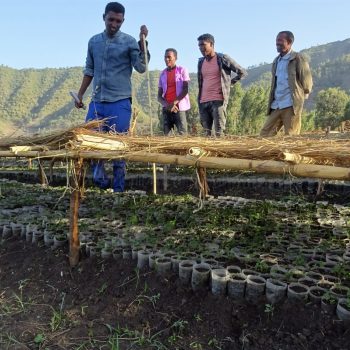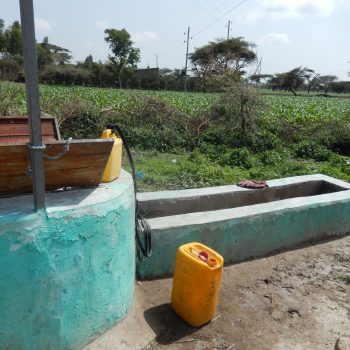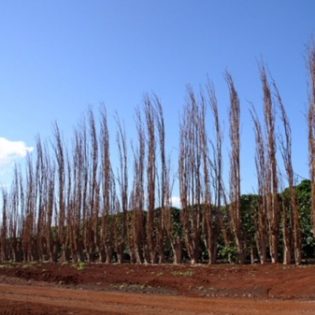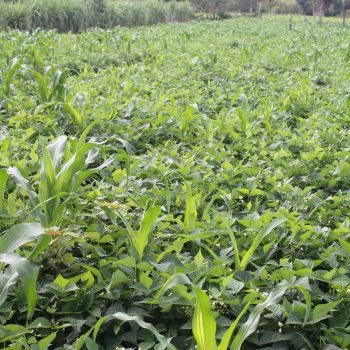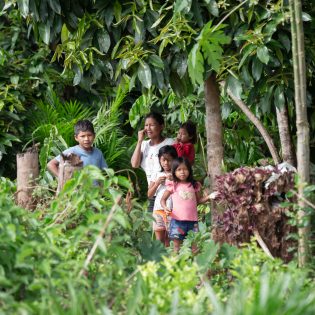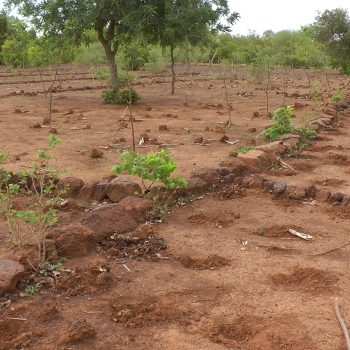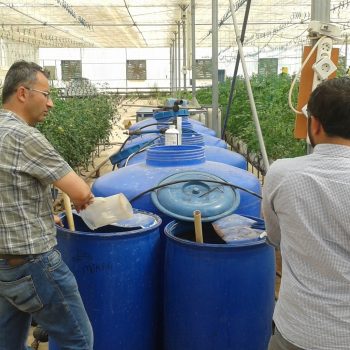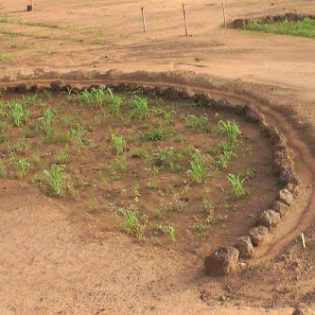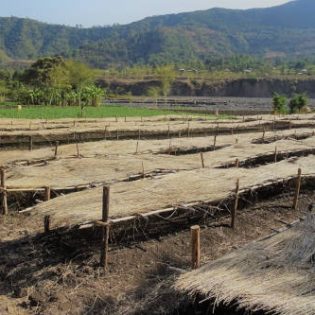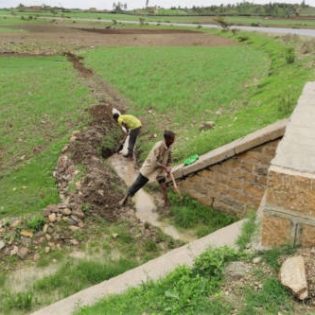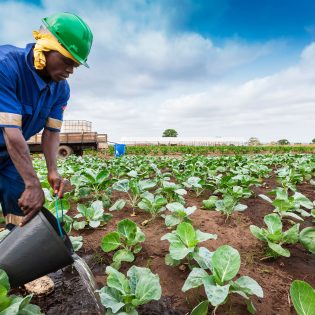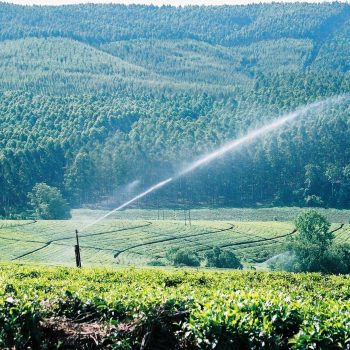As shown in the figure above (Figure x), kisiki hai uses stumps already present in the field. In many areas of sub-Saharan Africa, there are so many stumps that this can be considered a potential ‘underground forest’, ready to grow with only little cost and effort as each stump can produce from 10 up to 30 stems per year (Francis and Weston, 2015).
To demonstrate the benefits of this inclusion of trees into (agricultural) landscapes in the Dodoma region of Tanzania, Lorenzo Villani, Giulio Castelli, Francesco Sambalino, Lucas Allan Almeida Oliveira, and Elena Bres ci researched the effect of an increased number of trees on the land surface temperature. This study was conducted following a field campaign in late 2018 that implemented Farmer Managed Natural Regeneration practices. They used unmanned aerial vehicles (drones) and satellite data and investigated the relationship between land surface temperature and tree canopy cover. This was done for nine study areas of approximately 50 hectares, spread throughout the Dodoma region.
This research showed that for areas with more than 7.2% tree canopy cover, there is a negative relationship between land surface temperature and tree canopy cover. They found a significant difference in land surface temperature of up to 1.32 °C between areas with fewer trees and regions with more trees. This research also suggests a 10% tree canopy cover threshold to see the effects of temperature moderation and an improved microclimate for this agro-ecological zone (Villani et al., 2020).
This study thus shows that an increase in tree canopy cover corresponds to a reduction in land surface temperature and, therefore, a more moderate microclimate. This example demonstrates how the regeneration of trees on a site can improve its immediate environment.
Figure X: Different phases of Farmer Managed Natural Regeneration: a) a farmer shows a suitable stump; b) the most vigorous stems are pollarded (in this case, the farmer decided to let grow more stems than suggested); c) in very little time (1-2 years) trees are grown (Lorenzo et al., 2020)
Additional information
| (semi) Natural unused areas | (semi) Natural unused areas |
|---|---|
| Agriculture | Flood/spate irrigated, Irrigated, Rainfed (Crop) |

